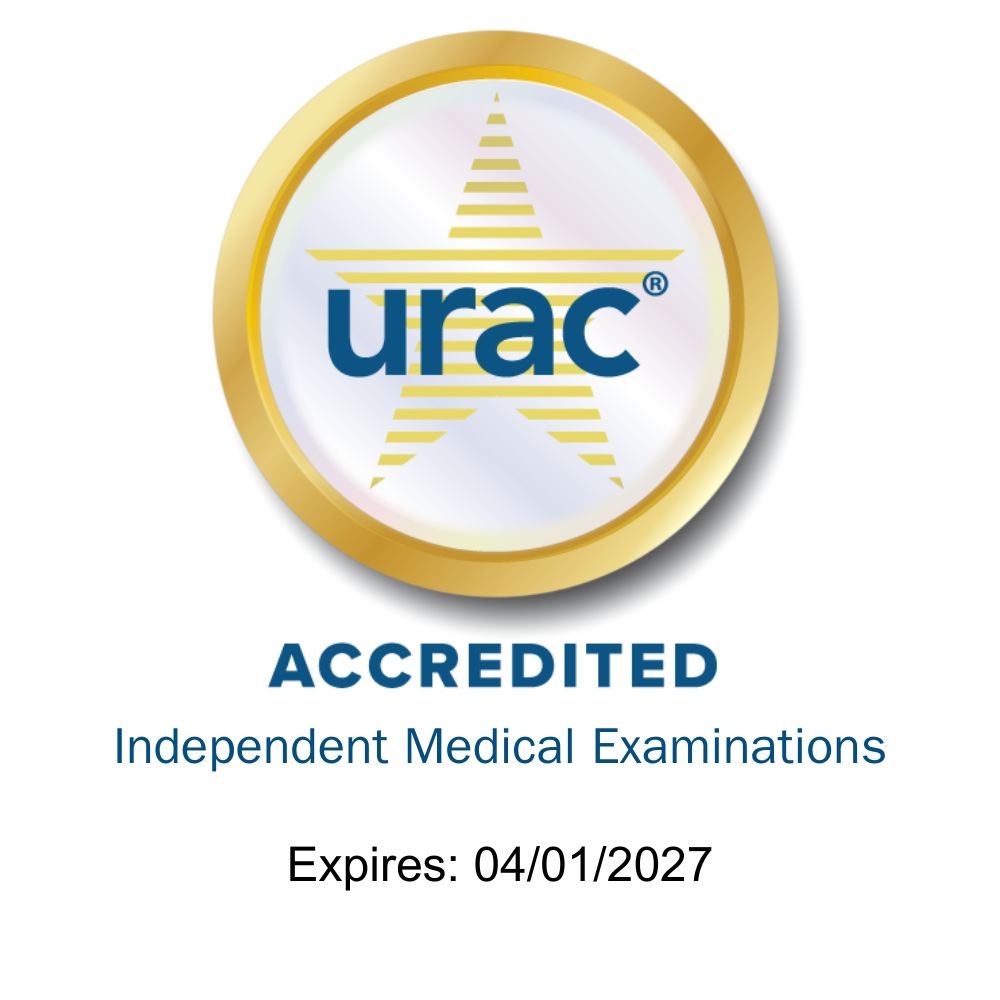As prosthetic devices improve, so can injured workers’ outcomes
In the world of workers’ compensation, our responsibility is to help those who are hurt not only get back to work, but also return to the life they enjoyed pre-injury. Extremities can be lost in a catastrophic event on the job or from complications like infection. These types of life-changing events often call for use of prosthetics.
A prosthetic device is one that replaces all or part of an extremity—so an arm, hand, or finger, or a leg, foot, or toe. They can be simple and utilitarian, such as prosthetic toes that are usually hidden in a shoe but vital for a person’s balance and ability to walk. These innovations often have long histories. In fact, the earliest known prosthetic is a wood and leather toe estimated to be around 3,000 years old, belonging to a mummified noblewoman in Egypt. At the other end of the spectrum, in the modern era, prosthetics can be complex with multiple joints, like a robotic arm with shoulder, elbow, and wrist. Some are highly specialized too. They can be crafted for activities like running or swimming or playing music. An amazing and diverse array of prosthetics is now possible, thanks to technologies such as 3D printing to craft lightweight, cost-effective shapes and haptic devices that provide sensory feedback to their user.
While orders for prosthetics are much more rare compared with other types of devices, such as crutches and wheelchairs, the cost of prosthetics can range from a couple thousand dollars to well over $50,000. Prosthetics are classified as durable medical equipment (DME), though they can be one of the most expensive and long-term costs from specialty networks. Injured workers might have to wait six months to a year or more for swelling to subside before they can be properly fitted for their prosthetic; some will need additional surgery or therapies to prepare. Some people will need a new prosthetic as time passes and disabilities progress or change. And no prosthetic lasts a lifetime, so replacements will eventually be necessary. Each prosthetic is custom-made for an individual and often requires multiple moldings and adjustments. Much planning is needed to avoid wasting money on recasting or excessive wear and tear. Reliable providers will offer maintenance and warranties, and a quality DME vendor will check in with the injured worker to make sure a prosthetic is in good repair and in compliance with its warranty.
Amputations are the most costly type of injury in workers’ compensation, both in terms of lost time and long-term expense. Working with experienced prosthetic providers is therefore critical to control costs and achieve the best possible outcomes for each person. Manufacturers may specialize in certain types of prosthetics, so having a robust specialty network will ensure a wide array of potential providers. Injured workers must receive complete, comprehensive evaluations to assess their unique needs, to support not just their return to work but also their hobbies and lifestyles. Were they a painter? A piano player? Did they enjoy skiing or cycling? Do they need more than one type of device? Aesthetics are also important and help a person feel “whole” again after a catastrophic injury. Amputations can carry significant, lifelong feelings of grief and finality, and the psychological and emotional benefits to returning to your perception of your old self cannot be overstated.
The advancement in bioengineering and prosthetics over the years is nothing short of astonishing. Myoelectric technology uses electrodes to allow an amputee’s existing neuromuscular system to control a prosthetic arm or hand, moving and flexing it just as before. Electronic skin is being developed to provide nerve feedback in hands and fingertips. The world of prosthetics can even include augmented reality, so that amputees can become familiar with a device during the potentially long wait to receive it. Seeing themselves with their future prosthetic, resuming their everyday lives, can ameliorate the grieving process and chance of rejection.
What more will the future bring? We’ll see the growing mastery over fine motor skills as the robotic movements become smaller and ever more precise. The Bionic Woman, the futuristic science-fiction TV show from the 1970s, often portrayed the seemingly impossible. Yet today we already have prosthetic swim fins that allow us to swim faster than before and bionic arms that can give us superhuman strength. The amazing developments in technology will provide even better solutions to the traumatic events of amputation with improvements to prosthetics.






